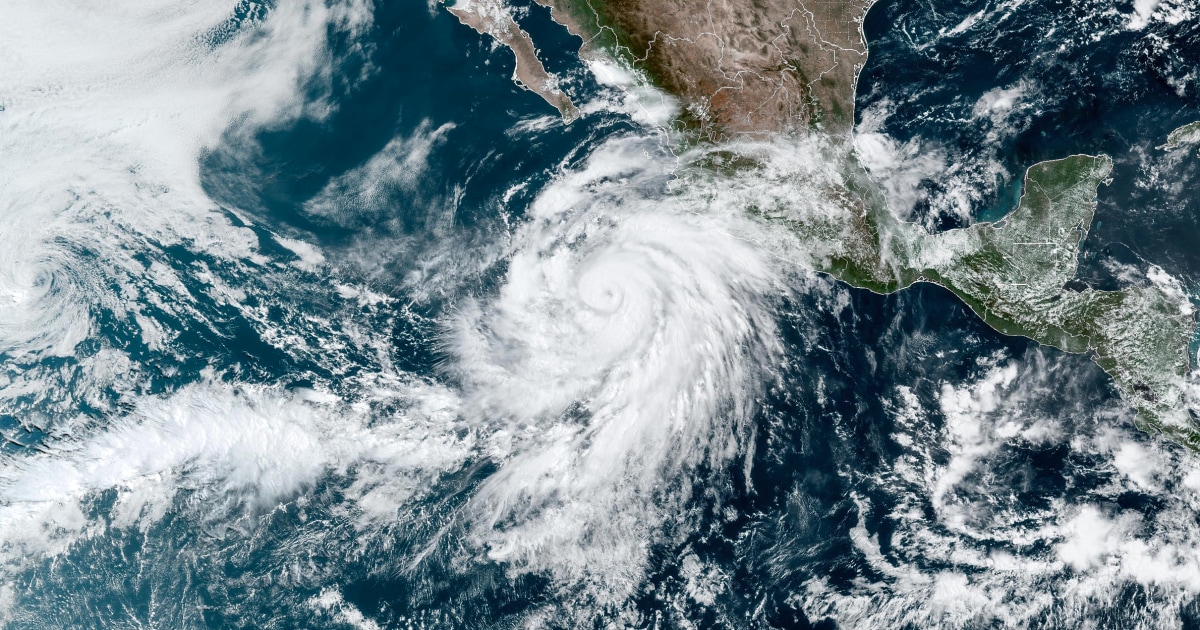Enlarge image
Withered corn plants in Austin, Texas (pictured July 11): Regions far from the coast are getting particularly hot
Photo: Jordan Vonderhaar/Bloomberg/Getty Images
Felt 52 degrees Celsius - or even more.
Researchers in the USA have warned of this: The non-governmental organization First Street Foundation presented a study according to which in 2053 more than 100 million people in the USA could live in areas where such temperatures are reached on at least one day a year - an "extreme heat belt".
In the coming year, 8.1 million people are likely to live in such areas.
Thirty years later, the number could rise to 107 million people, a thirteen-fold increase - which would affect a quarter of the US land area, according to a statement.
The region, dubbed the "Extreme Heat Belt" by the First Street Foundation, stretches from northern Texas and Louisiana through Illinois and Indiana to Wisconsin.
These are regions far from the coast where the sea ensures more even temperatures.
"We must prepare for the inevitable"
The term extreme heat belt is based on the highest heat category of the US National Weather Service, which speaks of "extreme danger" at perceived temperatures of more than 125 degrees Fahrenheit - this corresponds to 51.7 degrees Celsius.
The perceived temperature corresponds to the temperature felt by the human body and takes into account not only the actual air temperature but also the humidity.
"We must prepare for the inevitable, which is that a quarter of the country will soon fall into the Extreme Heat Belt with temperatures exceeding 125 degrees Fahrenheit, and the consequences will be catastrophic," said Matthew Eby, founder and CEO of the First Street Foundation according to a statement.
For their model, the researchers evaluated, among other things, satellite data on air and surface temperatures between 2014 and 2020.
To do this, they included factors such as the altitude of an area, the absorption of water, the distance to a body of water and to a coast, and then worked with forecasts from the Intergovernmental Panel on Climate Change (IPCC) on the climatic development of the coming decades.
ani/AFP














